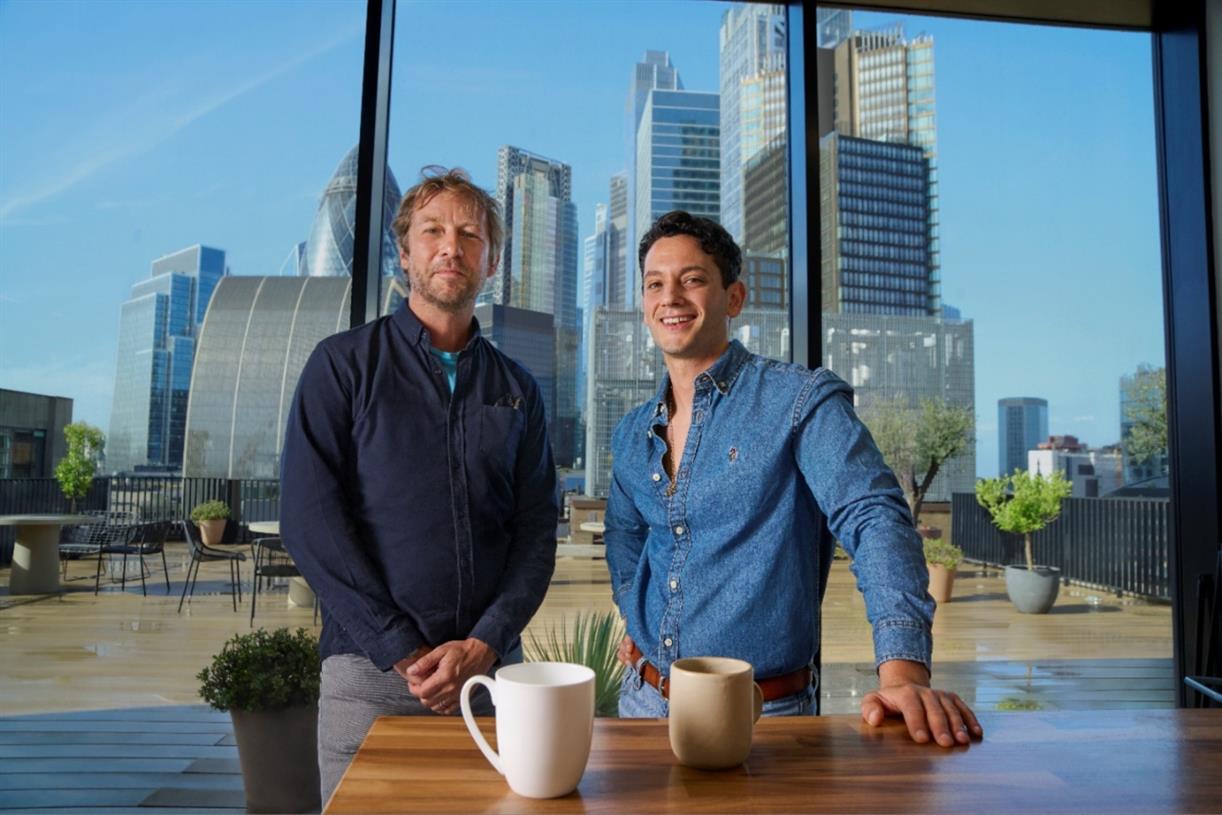Despite pandemic worsening, shoots go on in L.A.
COVID’s ramp-up threatens a commercial production industry that was beginning to get back to normal—just before Super Bowl.

Just as it seemed that commercial production was easing back into some sort of normalcy, the pandemic has ramped up to critical levels in Los Angeles, presenting the possibility of advertisers sidelining commercial shoots just before the Super Bowl.
As COVID has overwhelmed local hospitals and maxxed out intensive care units, SAG-AFTRA, the Producers Guild of America and the JPC, a multi-employer group representing commercial advertisers and advertising agencies, issued a recommendation on Jan. 3 to halt production in Southern California. However, an ensuing memo from the Association of Independent Commercial Producers, the non-profit supporting the advertising production industry, clarified that productions remain legally permissible in Los Angeles and do not have to come to a halt.
According to Film L.A., the film office for greater Los Angeles that issues film permits for the region, its most recent figures showed that in 2020 commercial production shoot days were down 41.2 % compared to last year, but started to pick back up by the summer after it began issuing permits once again in mid-June. The AICP’s President-CEO Matt Miller said that by August, “we were seeing production levels within the range of a normal year.”
Three agency executives interviewed for this story say most Super Bowl productions should be in the bag by now, with possibly a few last-minute stragglers shooting this week. “The last minute ones would be shot this week, but the majority of advertisers rush to shoot Super Bowl spots before the break,” says an L.A. agency production head.
Those with productions still in progress, however, find themselves in a tough spot. While the shoots in Southern California are not legally required to stop—film and television production in the state has been deemed an essential business, as long as it adheres to public health protocols—agencies, advertisers and production companies are back in that difficult position of balancing jobs at hand and running their business.
Agencies and production companies at this point are in the midst of evaluating what’s currently on the table to see whether shifting strategies or postponing makes sense. One major West Coast agency production head said that in talking with colleagues at other shops, “everybody’s gaze is turned toward where can we go to alleviate pressure out of L.A.?”
Health concerns are paramount—not just in terms of COVID but also with emergencies that may come up on a shoot. “Imagine if you’re on set and a stunt double hurts themselves?” the production exec says. “What happens if emergency rooms are maxed out?”
That said, the agency exec says that recent news hasn’t significantly affected the safety measures for any shoots going forward. Throughout the pandemic, the AICP has been actively developing and updating its list of recommended protocols to ensure the safety of those on productions, alongside International Alliance of Theatrical Stage Employees (IATSE), the Directors Guild of America and the Teamsters (Local 399 and 817). The detailed list includes recommendations covering everything from health screening to sanitary guidelines and exposure reduction through PPE provisions, strategic scheduling and more. According to one head of a leading production company, since production resumed during COVID, “we operate as if there’s always an outbreak,” so any Southern California shoots continuing would continue to follow such strict safety measures.
“Luckily the production community has been really close through this. Everyone is reaching out to everyone; agencies, clients, production companies,” says one head production exec. “We’re all just talking. ‘Where are you guys pivoting to? Where are places where there are decent talent pools?’”
Another lead production exec says that agencies have been reaching out to actors who were scheduled to be on upcoming shoots to confirm whether or not they still feel comfortable coming to set. Those who aren’t are free to back out, but agencies will then need to find back up. If those shoots happen to involve an A-List celebrity or athlete, that poses an even bigger challenge. Options could include looking into whether a remote shoot would work or perhaps going with a different talent still willing to go on set.
Another L.A. agency production head says his shop is able to continue smaller, contained shoots with no talent but, for the larger ones, it is still in the process of rethinking strategy, such as considering moving shoots to San Francisco or Texas.
The new ways of working and precautions the industry has been taking throughout the pandemic have helped prepare them to more readily tackle obstacles. Having a production studio in-house has been helpful to his agency, he says, allowing staff to do certain live action, animation and stop-motion production remotely in their homes.
Another West Coast production head suggested that their team could go back to strategies employed earlier during the pandemic, like sending drop kits to talent for remote productions.
“Luckily our clients understand the importance of keeping all of the union members safe to accomplish what is needed and they continue to bend and sway with the changes that we all are facing every single day,” RPA Senior VP and Director of Video Production Selena Pizarro Pizarro says. “We intend to keep solving for each new roadblock that we encounter.”

 Hollif
Hollif 
































